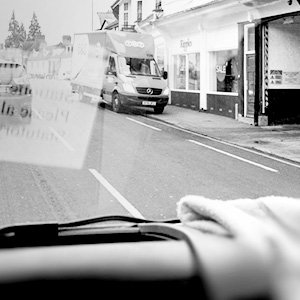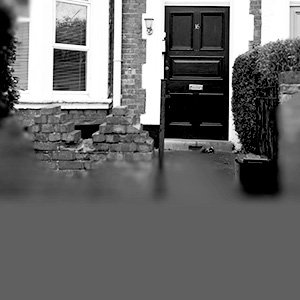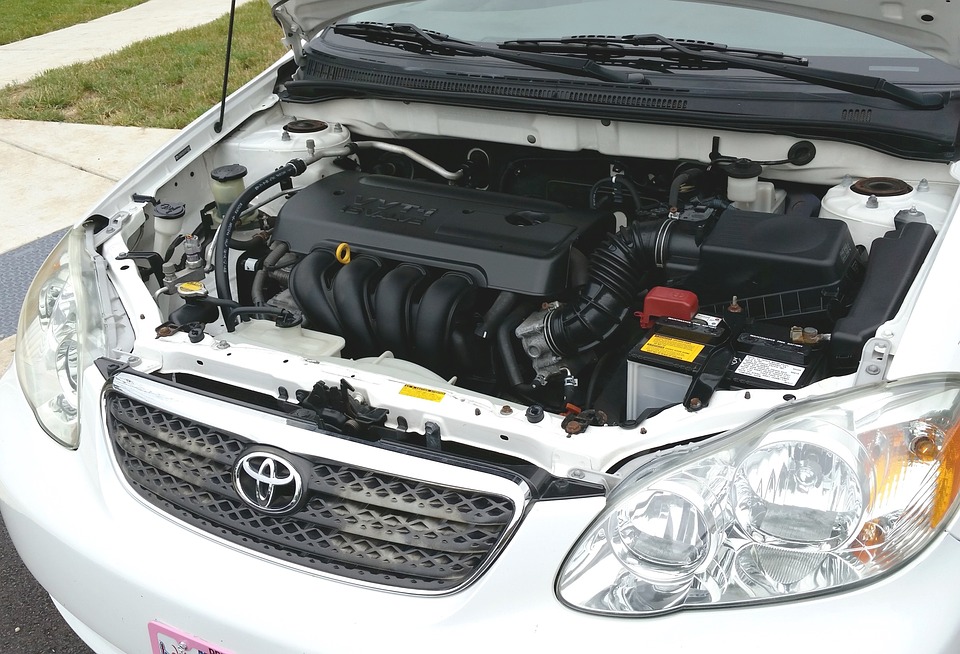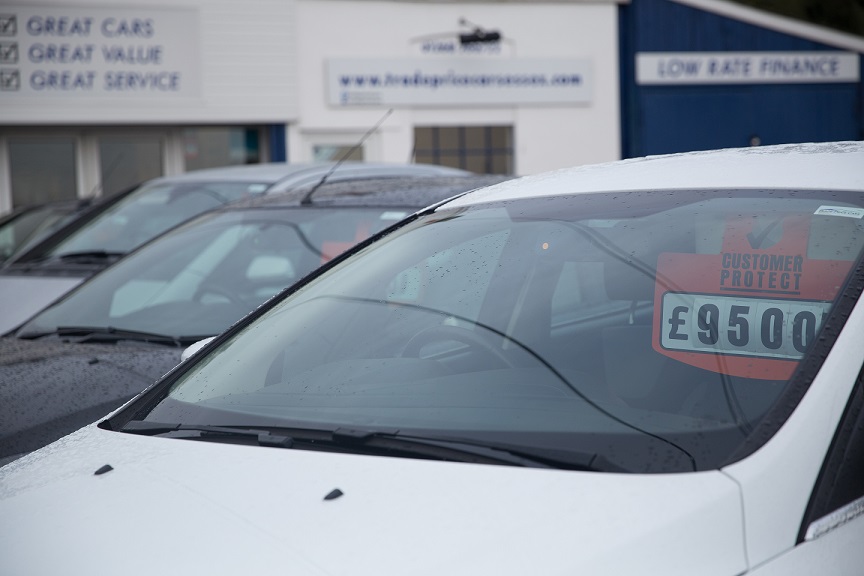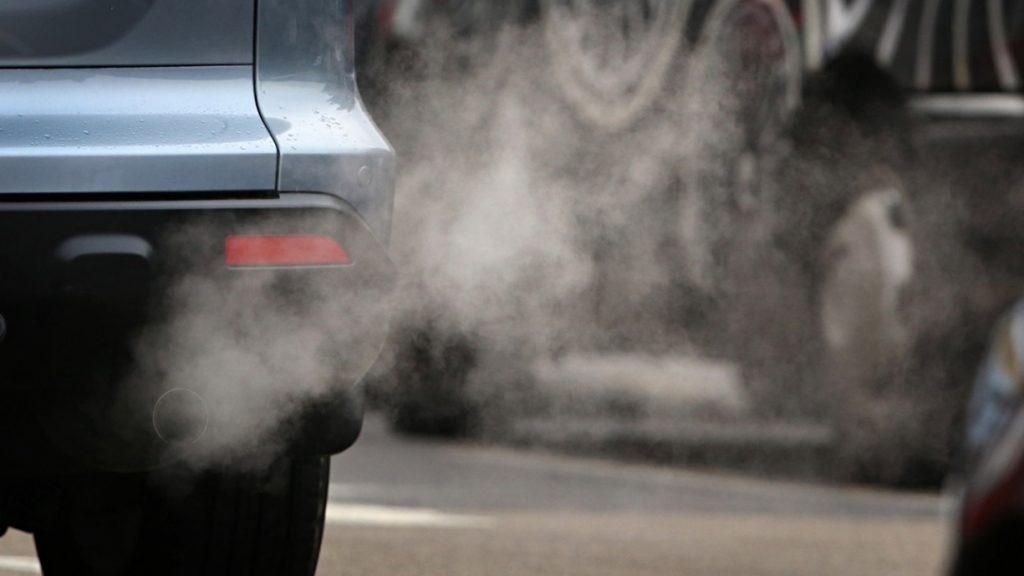Fact… the main reason for car breakdowns in the UK is due to battery failure accounting for 20% of faults. So what can you do? If you maintain your car on a regular basis you can extend its lifespan, reduce repair work and improve your safety behind the wheel.
To help keep your car in tip-top shape, we’ve put together some useful tips on how to check and maintain your car.
1. CHECKING YOUR CAR BATTERY
Your car battery is particularly vulnerable to failure in the winter time. However, there are other reasons your battery can fail including:
- A faulty battery
- Issues with the cars charging system
- Faulty components
- A light being left on
- Leaving your car unused for a while
- Making lots of short journeys
- Corrosion
- High levels of heat
Begin by inspecting the battery’s terminals and cables, ensure they are attached securely and check for any corrosion. If your battery has removable caps, make sure you check the fluid level every few months.
You can test if your battery needs replacing by starting your car of a night time with your headlights switched on. If they are overly dim, put your car in neutral and rev the engine. Should your headlights get brighter as you press your accelerator that’s an indication that your battery is failing. Don’t delay replacing your battery if you experience any of these issues, as you’ll only increase the likelihood of your car not starting and having to call a breakdown provider.
2. ENGINE OIL
Your engine oil is vital in helping to keep your car running well. It works like a lubricant which both coats and cleans the moving parts in your engine. Failing to have the correct level of oil in your car can cause:
- Increased friction
- Engine overheating
- Dirt build-up
Inspect your engine oil every month using your oil dipstick. If the oil is below the minimum level you’ll need to top it up. To find out the correct oil type, refer to your car handbook. If you have to top up more frequently than usual then you might have a leak and will need to take it to a garage to be looked at. For further information on checking your oil levels take a look at the video below.
3. TYRE TREAD
Did you know? The minimum legal tyre tread depth for cars in the UK is 1.6mm across the central three-quarters of the tyre. If your tyre tread exceeds the legal limit you’re at risk of:
- Reduced road grip
- An increase in stopping distance
- Aquaplaning in wet conditions
- Nails and other sharp items causing a puncture
It’s vital to make monthly checks on all of your tyres tread depth. You can measure this using a tyre tread gauge so you’ll know when it’s time to have any replaced. Also, this’ll reduce the chances of having to call a breakdown service.
4. ENGINE COOLANT
Car engines create a great deal of energy by burning diesel or petrol. If your car runs out of engine coolant it can overheat extremely quickly, leading to mechanical breakdown and engine failure. Let’s take a look at the telltale signs:
- Your heater will stop working
- The heat gauge increases into a hot setting
- The engine light may come on at which time the head/gaskets may already be damaged
You can prevent overheating by ensuring your car has the right level of coolant (a mixture of water and antifreeze). As a warning never undo your coolant filler cap whilst your engine is hot as you’ll be at risk of scalding yourself. When it’s cool, unscrew the cap using an old rag and check the minimum and maximum level marks. With a cold engine, your coolant level should be between the two marks. If you find the level is low, top it up using a 50/50 mixture of water and antifreeze. Make sure you don’t overfill and then refit the cap securely afterward. Make this one of your monthly checks just to be on the safe side.
5. LIGHTS
Did you know that 18.4% of all cars experienced problems with the lighting and signalling during an MOT test? This can be down to simple things like blown bulbs. You can prevent this from happening by asking a friend or family member to walk around your car whilst you check the following:
- Indicators
- Headlights
- Reverse lights
- Taillights
- Brake lights
If you’re driving your car and you’ve an indicator that isn’t working, this can mislead other road users or pedestrians as they won’t know your road intentions which could cause an accident. Should you find any blown bulbs then these will need replacing immediately. They are fairly cheap to buy and you’ll be able to find out how to change them in your car handbook.
Do you have any further tips on car maintenance? Let us know on our Facebook and Twitter.

